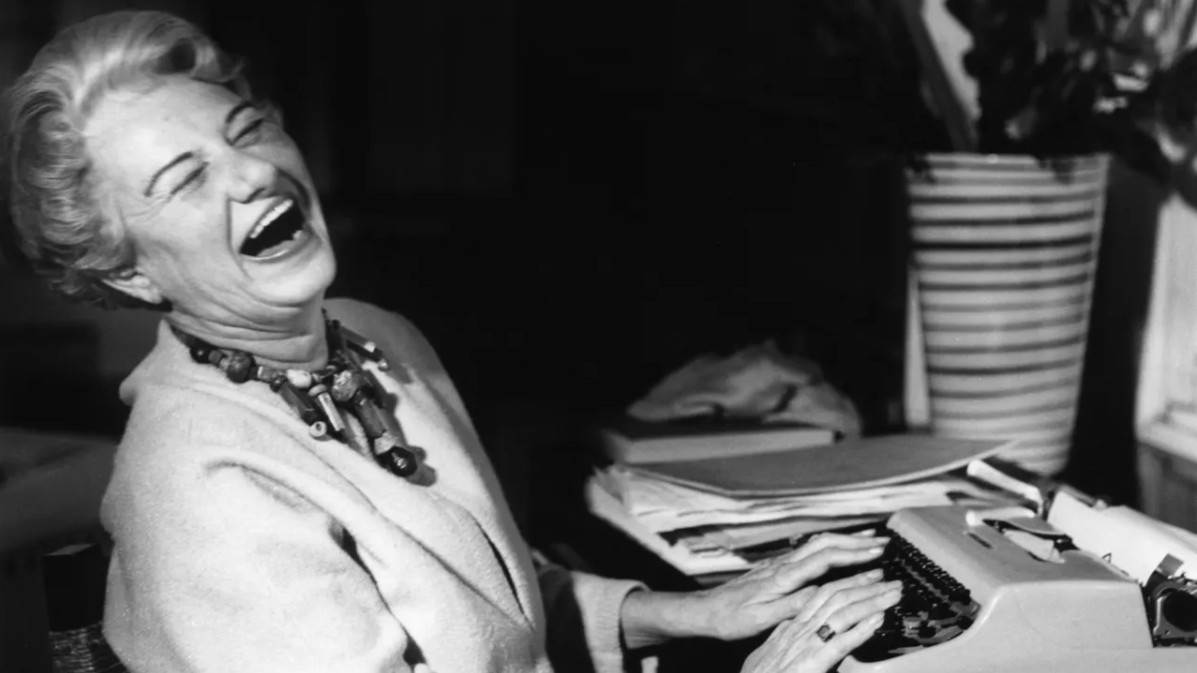
It was 1934 when the magazine editor, poet and socialist Douglas Garman introduced American art collector Peggy Guggenheim to the charms of rural Sussex, during a trip to his mother’s cottage in South Harting. Having met in London a year before, where Peggy was living with the writer and critic John Ferrar Holms, the pair eventually embarked on an affair. Following a summer in Hampshire, Peggy bought Yew Tree Cottage, a Sussex woodland home near Petersfield. ‘My life there was so domestic. In the early spring the forests were filled with wild garlic… the children [Pegeen and Sindbad] loved to find bird nests, and we had the heavenly cry of the cuckoo,’ she recalled.
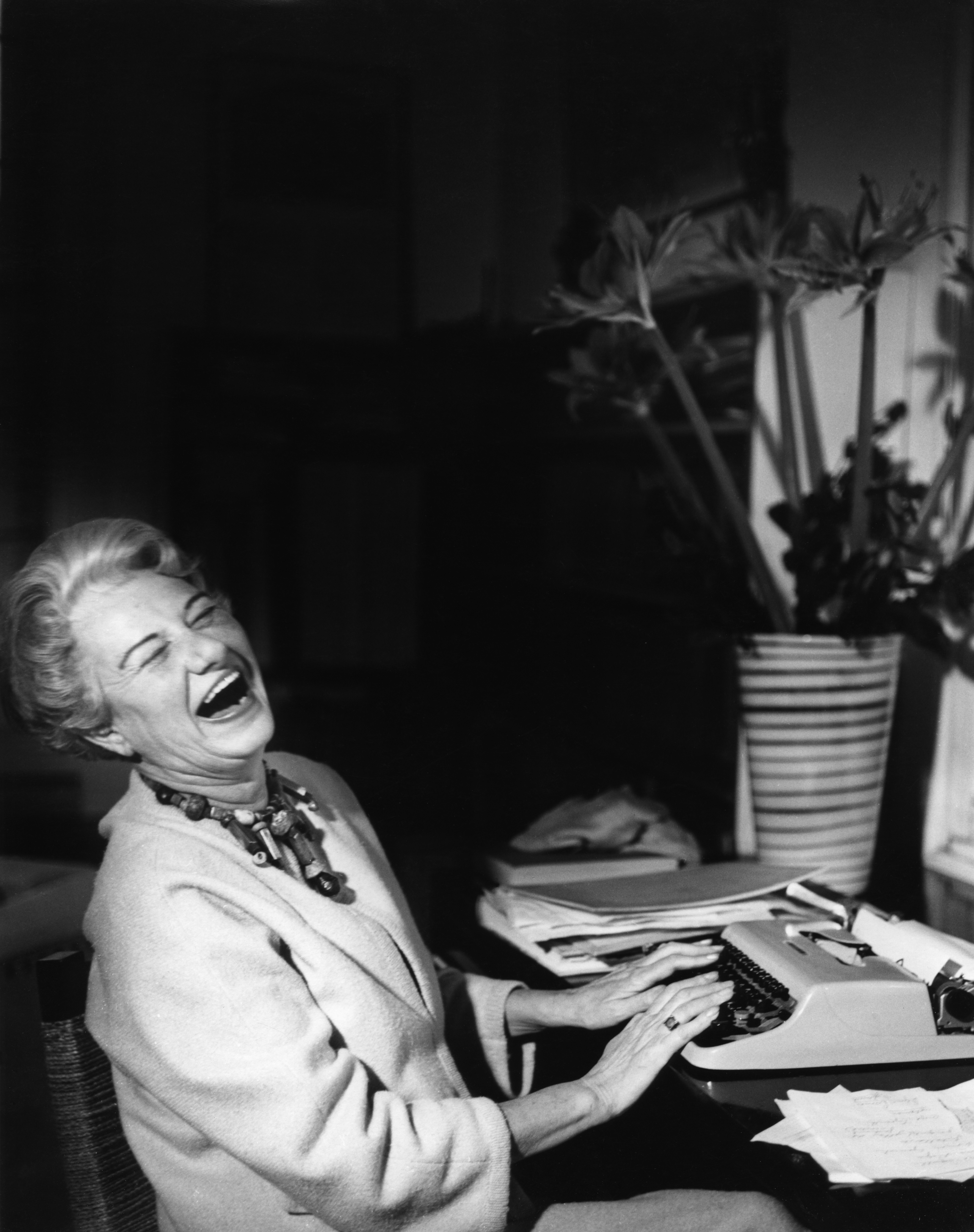
Though it was a tumultuous period – including the sudden death of Holms due to complications arising from an operation – Guggenheim's bucolic Yew Tree years were a fertile period in her life.
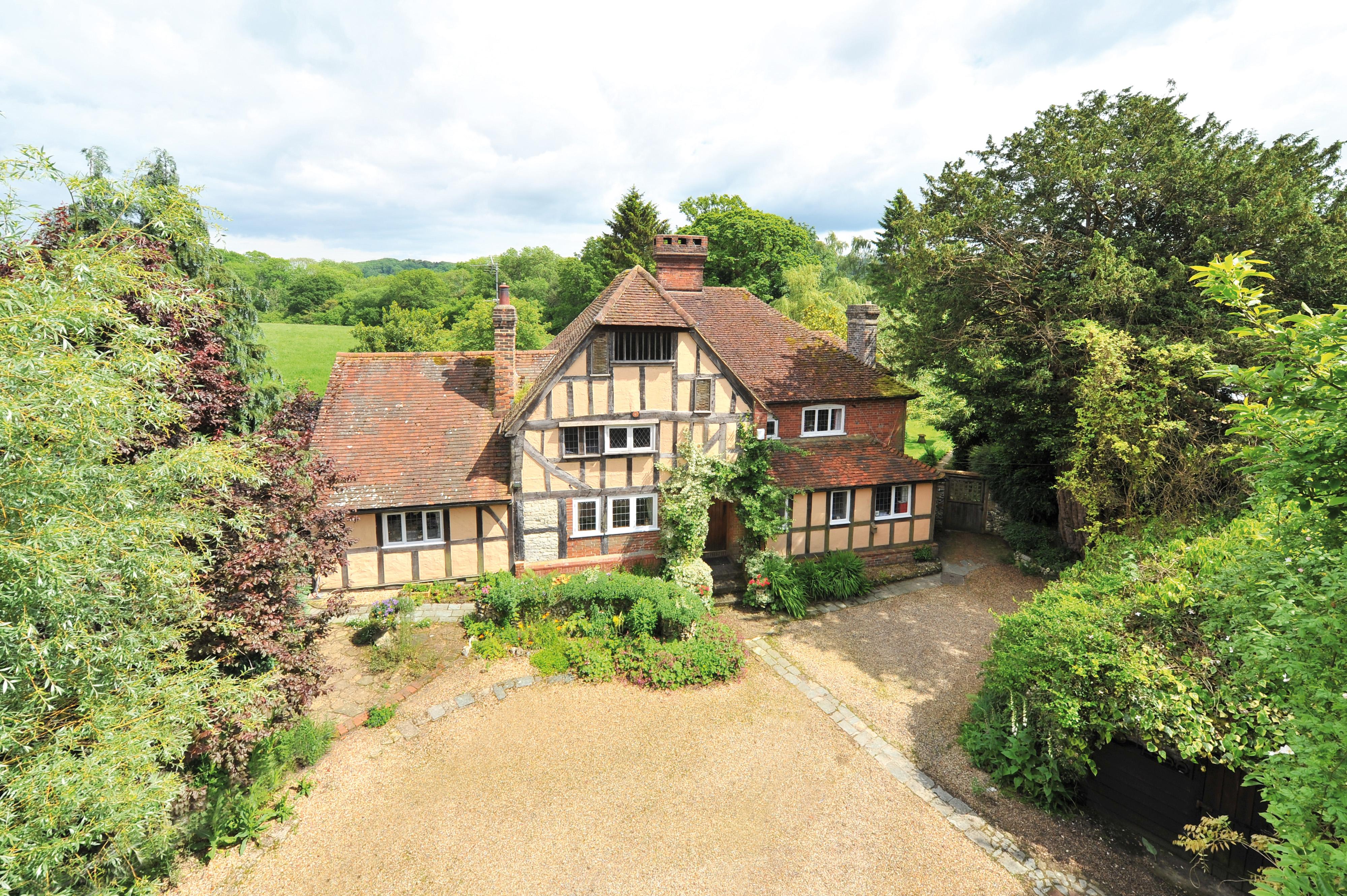
We have Louise Weller, head of Collections and Exhibitions at Petersfield Museum and Art Gallery, and Karole PB Vail, Peggy Guggenheim’s elder granddaughter, to thank for putting them in the spotlight in an exhibition, ‘Peggy Guggenheim: Petersfield to Palazzo’, at Petersfield Museum and Art Gallery, Hampshire. For it was while staying at Yew Tree that the budding gallerist began to reframe her life, seriously considering her long-held desire of opening her own art museum.
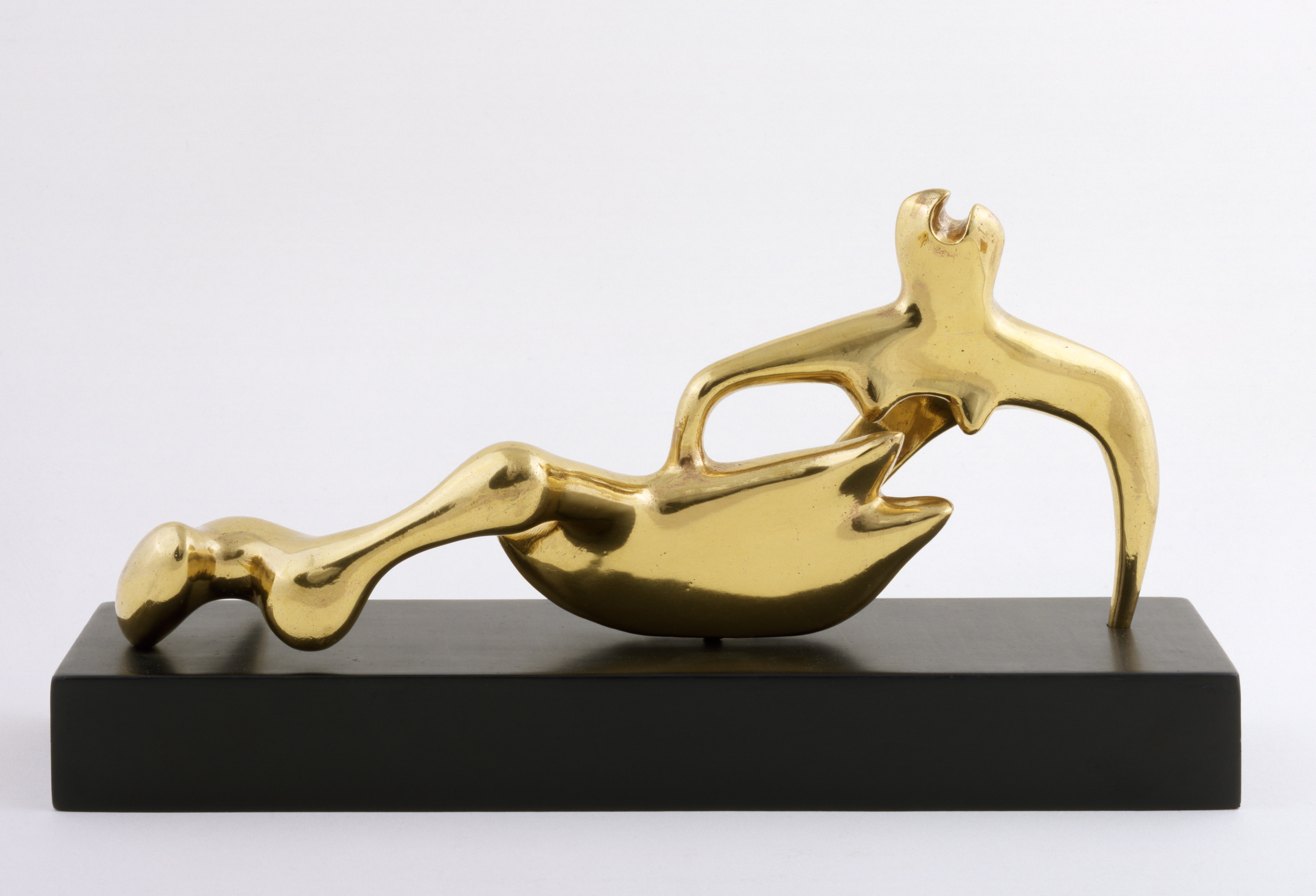
Guggenheim’s professional vision sharpened and, as her confidence grew, she began to buy artwork directly from artists, kicking off one of the most important modern-art collections in history. By 1938, on the cusp of her fourth decade, and with Marcel Duchamp as key advisor, Peggy established Guggenheim Jeune gallery at 30 Cork Street, London.
A series of more than 20 exhibitions followed, introducing nascent abstract and surrealist artists, Piet Mondrian, Yves Tanguy and Jean Cocteau among them, to Britain. The gallery operated for 18 months until the Second World War forced Peggy to decamp to her native New York, taking the beginnings of her ‘museum’ with her.
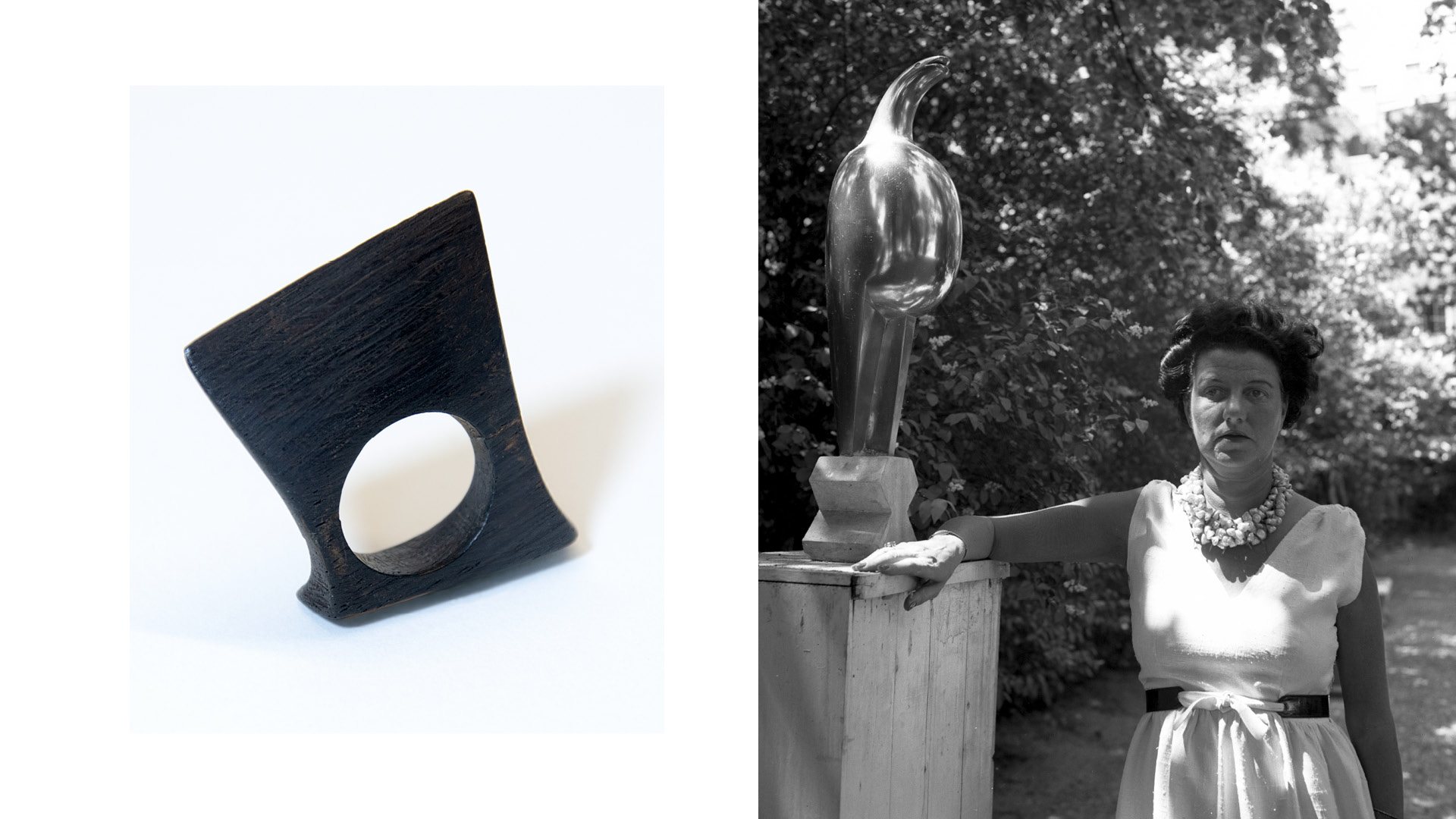
Working with the Peggy Guggenheim Collection, Venice – housed in the Palazzo Venier dei Leoni, where Guggenheim settled in 1949, and where Vail now serves as director – Weller has secured a tidy selection of small-scale works to display in the Petersfield exhibition.
Each is beautifully suited to the gallery space, and pieces include sculptures by Henry Moore and Jean Arp, jewellery by Yves Tanguy and works by Max Ernst and Roland Penrose. Also on show are photographs, clothing and personal mementos, adding a tender, personal touch that might have been harder to achiece in a bigger space.
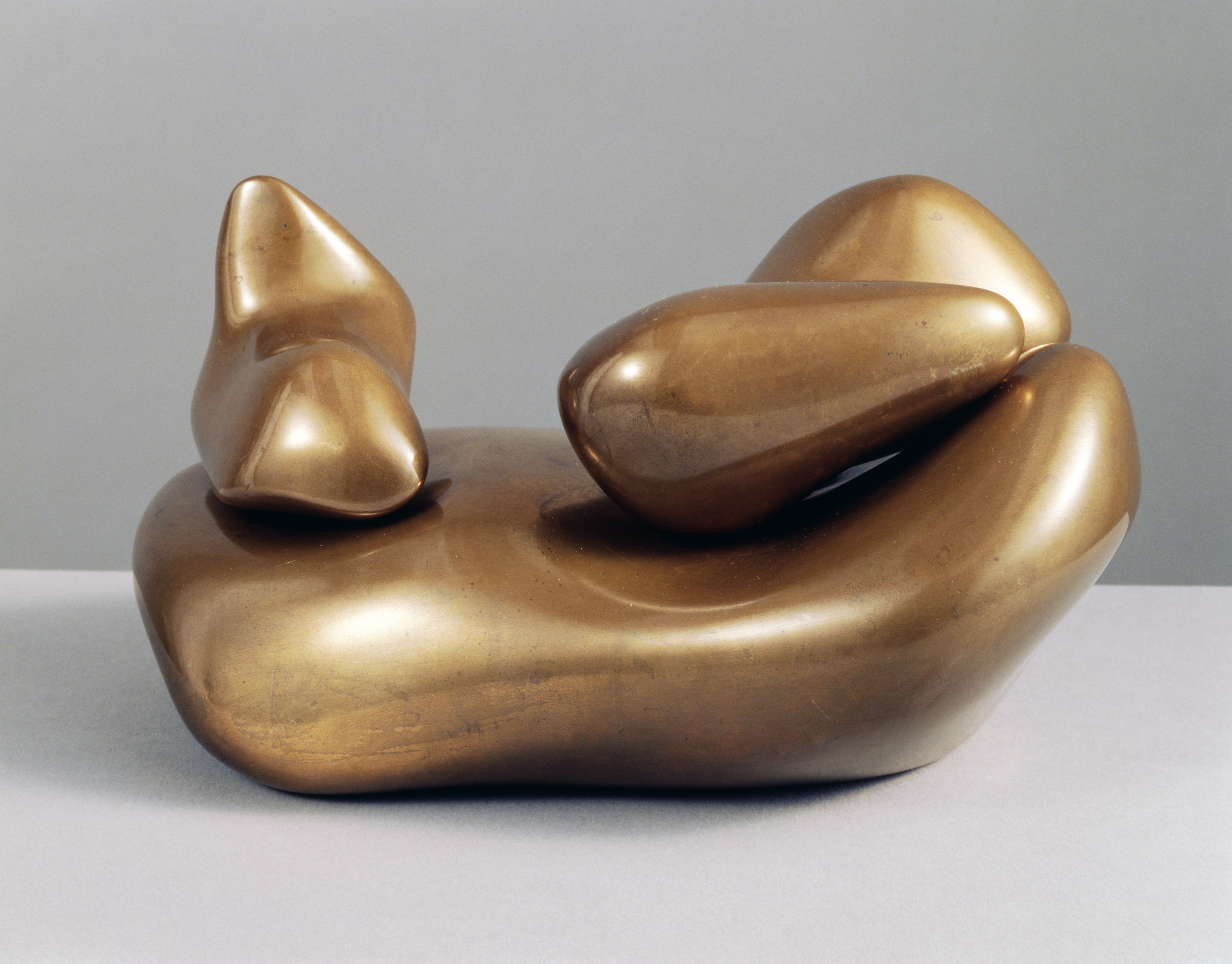
The exhibition is nearing its end (until 5 October 2024), but at just over an hour outside of London by rail or car, it’s worth catching before it closes. And, while the accompanying captions are brilliantly informative, they are far too long to linger over, so I’d advise picking up the exhibition book and catalogue by Vail and Weller to read at leisure instead.
‘Peggy Guggenheim: Petersfield to Palazzo’ is at Petersfield Museum and Art Gallery, Hampshire, until 5 October 2024







